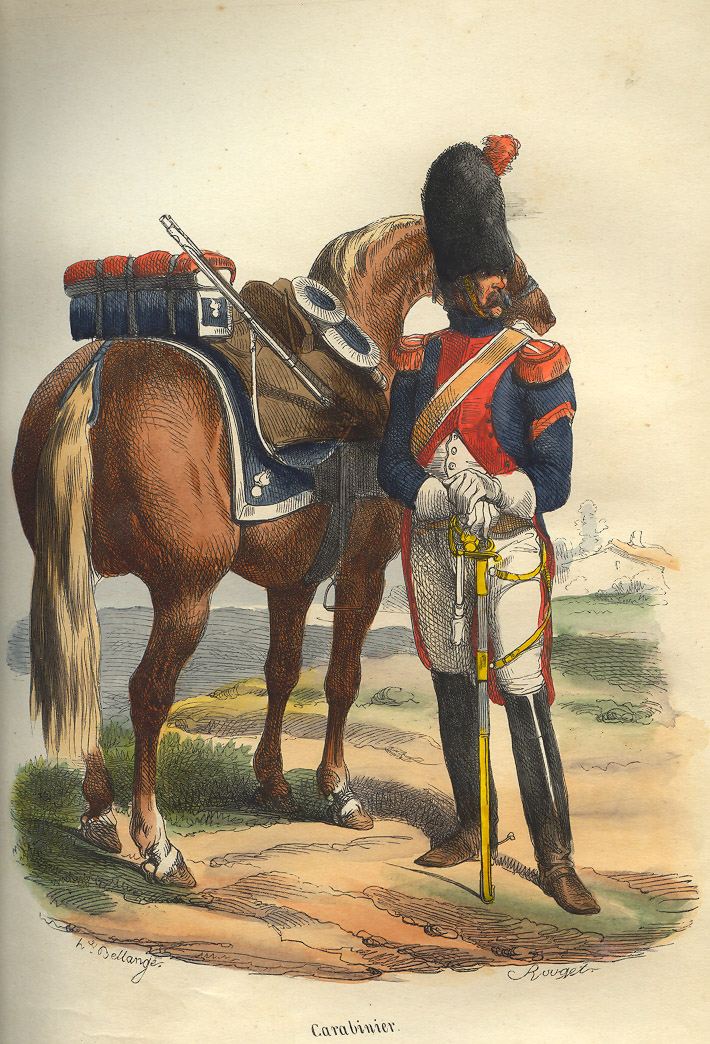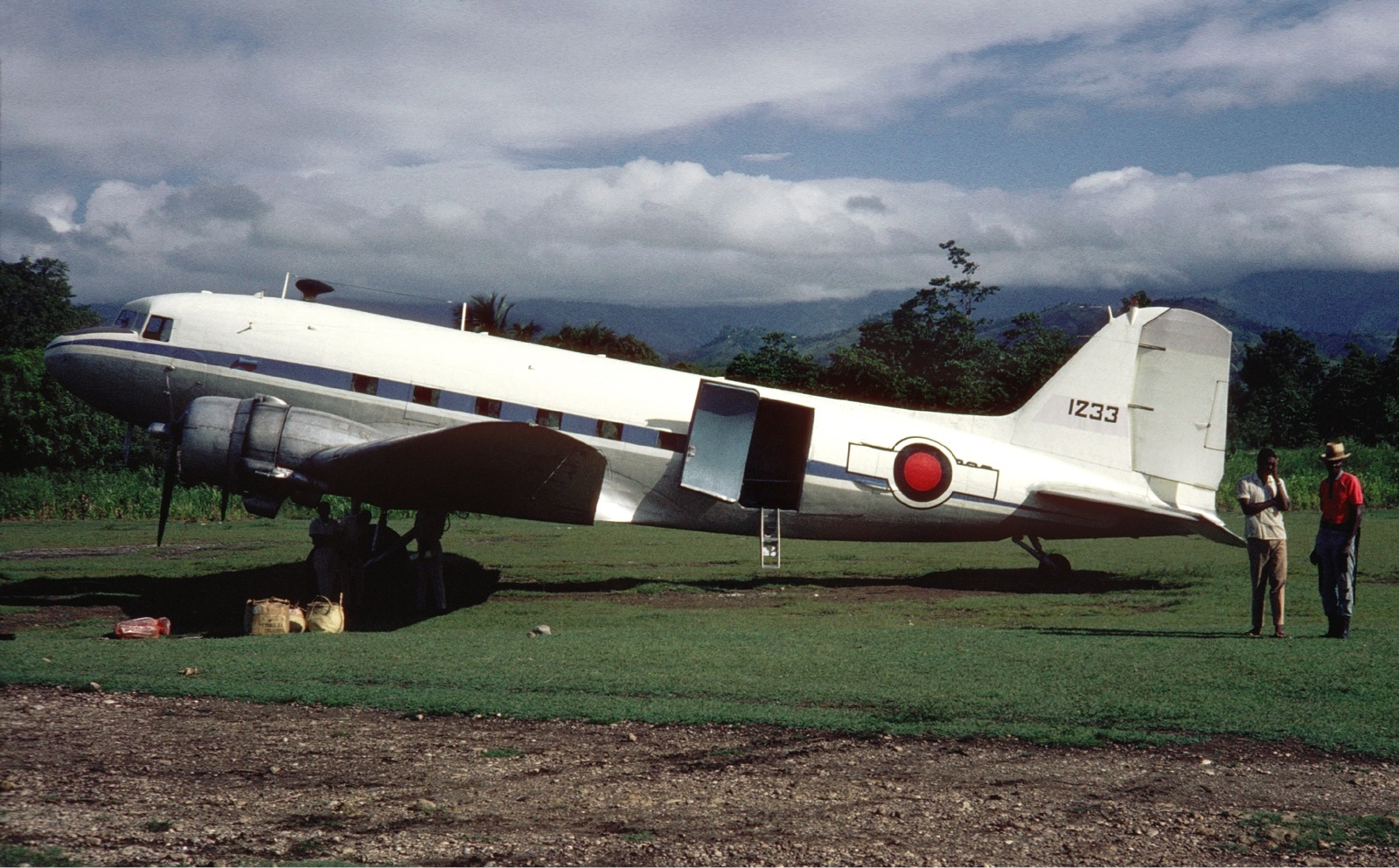|
Carabinier (dance)
The Carabinier ( ht, Karabinye, en, carabineer) is a traditional cultural dance from Haiti that originated back to the time of the Haitian Revolution deriving from a section of the kontradans that is said to have evolved into the ''méringue'' or ''mereng'' (Haitian Creole) dance. Origins Just after the Revolution of 1804, European figure dances (''contredanse'', ''lancers'', and the ''quadrille''), accompanied by Kongo people, Kongo influences (''chica'', ''banboula'' and the ''kalenda''), hybridized into a couples dance named after the ''Carabiniers'' rifle regiments in the Military of Haiti, Haitian army. References Haitian dances {{Folk-dance-stub ... [...More Info...] [...Related Items...] OR: [Wikipedia] [Google] [Baidu] |
Haiti
Haiti (; ht, Ayiti ; French: ), officially the Republic of Haiti (); ) and formerly known as Hayti, is a country located on the island of Hispaniola in the Greater Antilles archipelago of the Caribbean Sea, east of Cuba and Jamaica, and south of The Bahamas and the Turks and Caicos Islands. It occupies the western three-eighths of the island which it shares with the Dominican Republic. To its south-west lies the small Navassa Island, which is claimed by Haiti but is disputed as a United States territory under federal administration."Haiti" ''Encyclopædia Britannica''. Haiti is in size, the third largest country in the Caribbean by area, and has an estimated population of 11.4 million, making it the most populous country in the Caribb ... [...More Info...] [...Related Items...] OR: [Wikipedia] [Google] [Baidu] |
Haitian Revolution
The Haitian Revolution (french: révolution haïtienne ; ht, revolisyon ayisyen) was a successful insurrection by slave revolt, self-liberated slaves against French colonial rule in Saint-Domingue, now the sovereign state of Haiti. The revolt began on 22 August 1791, and ended in 1804 with the former colony's independence. It involved black, biracial, French, Spanish, British, and Polish participants—with the ex-slave Toussaint Louverture emerging as Haiti's most prominent general. The revolution was the only slave uprising that led to the founding of a state which was both free from Slavery in the Americas, slavery (though not from forced labour) and ruled by non-whites and former captives. It is now widely seen as a defining moment in the history of the Atlantic World. The revolution's effects on the institution of slavery were felt throughout the Americas. The end of French rule and the abolition of slavery in the former colony was followed by a successful defense of the ... [...More Info...] [...Related Items...] OR: [Wikipedia] [Google] [Baidu] |
Kontradans
Kontradans or the French-Haitian Contredanse, is Creolization, creolized dance music formed in the 18th century in the French colonization of the Americas, French colony of Saint-Domingue (Haiti) that evolved from the English ''contra dance'', or (''country dance''), which eventually spread throughout the Caribbean, Louisiana, Europe and the rest of the New World from the Creoles of Saint-Domingue. History The "contredanse," the French-renamed ''country dance'' as indicated in a 1710 dance book called ''Recuil de Contradance'', began in the English courts and was imported to Haiti via Kingdom of France, France (Brittany) through colonial rule and had been incorporated with African influences in Saint-Domingue. Contredanse flourished as it took on this creolized form establishing strong traditions in Haiti that would later influence variant forms throughout the Caribbean. Origins The usage of the drums, poetic song, antiphonal song form, and imitations of the colonial elite dance ... [...More Info...] [...Related Items...] OR: [Wikipedia] [Google] [Baidu] |
Méringue
Méringue (; ht, mereng), also called ''méringue lente'' or ''méringue de salon'' (''slow'' or ''salon'' méringue), is a dance music and national symbol in Haiti. It is a string-based style played on the lute, guitar, horn section, piano, and other string instruments unlike the accordion-based '' merengue'', and is generally sung in Haitian Creole and French, as well as in English and Spanish. History Méringue was heavily influenced by the contredanse from Europe and then by Afro-Caribbean influences from Hispaniola. The blend of African and European cultures has created popular dance music, music played on simple acoustic instruments by artists who don't need theaters or microphones to show off their art. The term ''meringue'', a whipped egg and sugar confection popular in eighteenth-century France, was adopted presumably because it captured the essence of the light nature of the dance where one gracefully shifts one's weight between feet in a very fluid movement, anima ... [...More Info...] [...Related Items...] OR: [Wikipedia] [Google] [Baidu] |
Haitian Creole
Haitian Creole (; ht, kreyòl ayisyen, links=no, ; french: créole haïtien, links=no, ), commonly referred to as simply ''Creole'', or ''Kreyòl'' in the Creole language, is a French-based creole language spoken by 10–12million people worldwide, and is one of the two official languages of Haiti (the other being French), where it is the native language of a majority of the population. The language emerged from contact between French settlers and enslaved Africans during the Atlantic slave trade in the French colony of Saint-Domingue (now Haiti) in the 17th and 18th centuries. Although its vocabulary largely derives from 18th-century French, its grammar is that of a West African Volta-Congo language branch, particularly the Fongbe language and Igbo language. It also has influences from Spanish, English, Portuguese, Taino, and other West African languages. It is not mutually intelligible with standard French, and has its own distinctive grammar. Haitians are the largest com ... [...More Info...] [...Related Items...] OR: [Wikipedia] [Google] [Baidu] |
Kongo People
The Kongo people ( kg, Bisi Kongo, , singular: ; also , singular: ) are a Bantu ethnic group primarily defined as the speakers of Kikongo. Subgroups include the Beembe, Bwende, Vili, Sundi, Yombe, Dondo, Lari, and others. They have lived along the Atlantic coast of Central Africa, in a region that by the 15th century was a centralized and well-organized Kingdom of Kongo, but is now a part of three countries. Their highest concentrations are found south of in the Republic of the Congo, southwest of Pool Malebo and west of the Kwango River in the Democratic Republic of the Congo, north of Luanda, Angola and southwest Gabon. They are the largest ethnic group in the Republic of the Congo, and one of the major ethnic groups in the other two countries they are found in. In 1975, the Kongo population was reported as 4,040,000. The Kongo people were among the earliest indigenous Africans to welcome Portuguese traders in 1483 CE, and began converting to Catholicism in the late 1 ... [...More Info...] [...Related Items...] OR: [Wikipedia] [Google] [Baidu] |
Carabinier
A carabinier (also sometimes spelled carabineer or carbineer) is in principle a soldier armed with a carbine. A carbiniere is a carabiniere musket or rifle and were commonplace by the beginning of the Napoleonic Wars in Europe. The word is derived from the identical French word ''carabinier''. Historically, carabiniers were generally (but not always) horse soldiers. The carbine was considered a more appropriate firearm for a horseman than a full-length musket, since it was lighter and easier to handle while on horseback. Light infantry sometimes carried carbines because they are less encumbering when moving rapidly, especially through vegetation, but in most armies the tendency was to equip light infantry with longer-range weapons such as rifles rather than shorter-range weapons such as carbines. In Italy and Spain, carbines were considered suitable equipment for soldiers with policing roles, so the term ''carabinier'' evolved to sometimes denote gendarmes and border guards ... [...More Info...] [...Related Items...] OR: [Wikipedia] [Google] [Baidu] |
Military Of Haiti
The Armed Forces of Haiti (french: Forces Armées d'Haïti—FAd'H), consisted of the Haitian Army, Haitian Navy (at times), the Haitian Air Force, Haitian Coast Guard, (ANI) and some police forces (Port-au-Prince Police). The Army was always the dominant service with the others serving primarily in a support role. The name of Haiti's military was changed from the Garde d'Haiti to the Forces Armées d'Haïti—FAd'H in 1958 during the rule of François Duvalier. After years of military interference in politics, including dozens of military coups, Haiti disbanded its military in 1995. On 17 November 2017, the armed forces were remobilized by President Jovenel Moise. The President suspended the previous executive orders by then President Jean-Bertrand Aristide who suspended and disbanded the armed forces on 6 December 1995. History Origins The origins of Haiti's military lie in the Haitian Revolution. A decade of warfare produced a military cadre from which Haiti's ea ... [...More Info...] [...Related Items...] OR: [Wikipedia] [Google] [Baidu] |




